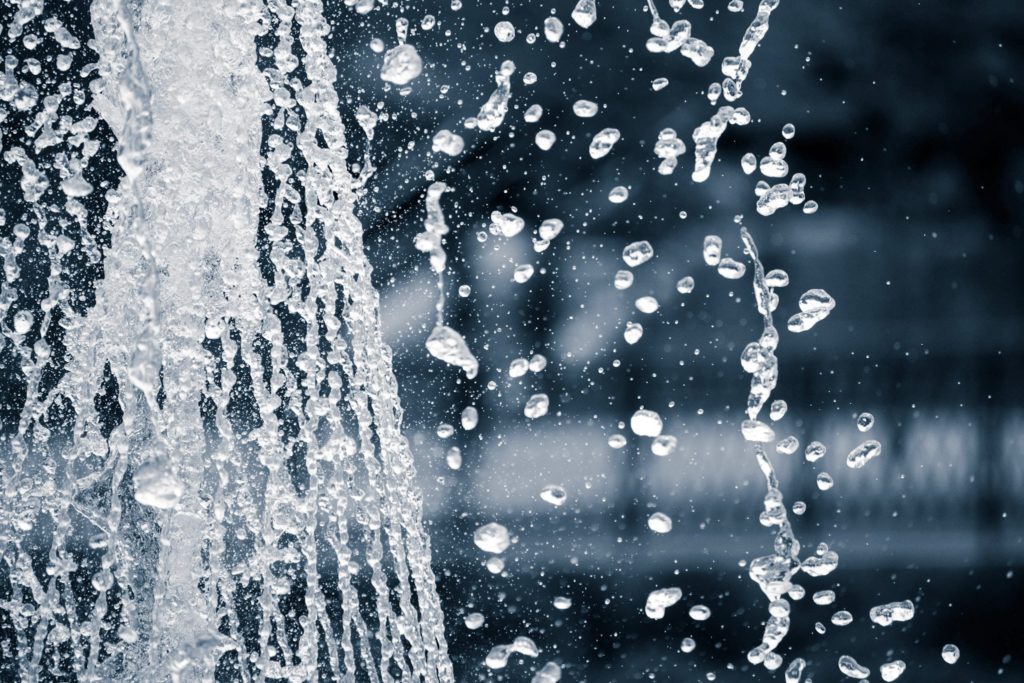02.06.2019
With a long hot summer in progress, and several more weeks of hot weather anticipated, it’s a good time to share some thoughts on cooling hydraulic systems.
Where does the heat come from?
Most users are familiar with the phenomenon of power loss in the hydraulic systems they operate – in simple terms, the difference between the energy put into the system and the energy that comes out as usable power. But of course the power is not really “lost” – the “missing” energy just gets turned into another, unusable form of energy – heat. Now there are of course hazards to running a hydraulic system too cool, but here, in the middle of an Australian summer, we’re concerned with the problem of overheating.
Hydraulic fluids have been developed to remain effective over a wide range of temperatures, but in an Australian summer, and without sophisticated cooling, hydraulic systems can easily exceed the temperature at which the molecular structure of the fluid breaks down. Overheating also damages components like seals, which are vital to the operation of your machinery.
As we shall see, specifying the optimum cooling system for any given installation is often an expert task, but it’s important that our customers understand the issues at play in the decision tree.
Types of Cooling System
Broadly speaking, cooling systems either use air or water as the cooling medium.
Air cooled systems are the more expensive to build, and tend to be bigger and noisier than their water-based counterparts. However the cooling medium, air, is always available and free of charge, although its effectiveness declines when used at altitude.
DC and AC motors can be used in these systems, but DC motors are inherently less energy-dense than AC motors. Provided a supply of AC power is conveniently to hand, then, AC is the way to go. Special fan designs coupled with hydraulic motors provide the optimum solution to meet all cooling requirements on mobile machines.
By contrast, water-based cooling systems are more compact, cheaper to build and inherently quieter. They depend, however, on a copious supply of cool clean water, and are more prone to corrosion.
Getting the best from your cooling system
While specifying the right cooling system is essential for the long-term health of your system, a number of things can diminish its effectiveness. Here are some steps you can take to ensure the system remains effective.
- Maintain the level of your hydraulic fluid. The ability of your system to regulate its temperature depends upon there being a sufficient volume of fluid. Allowing it to deplete will compromise its performance. Make sure airflow to and around the reservoir is unobstructed.
- Regularly inspect the heat exchanger to ensure the core is unobstructed.
- Incorrect setting of relief valves in systems using variable displacement pumps is a common cause of overheating. Setting the relief pressure too low will prevent the pump from reducing its displacement, and it will continue to do unnecessary work, producing heat. This can be a complex matter, so you may wish to contact your Gerrard Hydraulics consultant to talk you through it.
- An Infrared thermometer can be used to identify components that are generating more heat than they should.
At Gerrard Hydraulics we have experts in cooling who will be happy to help you with these inspections, or indeed with any concerns you may have about the efficiency of your cooling – just give us a call on (08) 9455 2344

